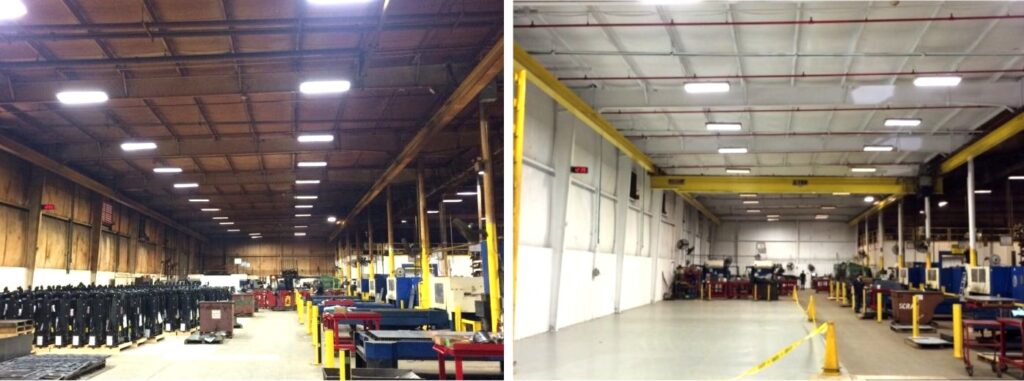Why/What Are You Painting?
PART 1
Professionals Answer Questions on Painting ROI
Painting isn’t a high priority in today’s factory budgets, but perhaps it should be.
A complete industrial painting job serves to revitalize a facility and support top-quality performance. Factory painting isn’t just about looks, it’s about making an investment that will strengthen your ability to deliver world-class results.

Painting Your Factory Pays Off In Four Distinct Ways:
- Morale - A team’s morale and focus on the job is strongly affected by the environment. If the facilities look run down and worn out, people will simply not take their work as seriously. This especially affects new or inexperienced employees who are not yet invested in your mission. A new paint job is a visible and comprehensive way to show you take pride in your work. It helps you attract good employees by demonstrating your commitment to excellence. Plus, it will shake the team out of complacency so they stay alert to safety issues and areas for improvement.
- Tour Routes - If there are public-facing areas of your facility, they represent your brand to the world. A paint project ensures that your brand’s image of quality, safety, and customer focus shines through in every element of your work area – boosting the confidence of your customers and end users. In today’s high-tech world, people are fascinated by the inner workings of manufacturing sites. Plus, the most discerning clients will want to see your facilities up close before making an agreement with you. A fresh coat of paint shows you are ready for what the future holds.
- Inspection - In some industries, such as food, the slightest appearance of chipped paint or rust can throw your entire business model into doubt. Inspectors from institutions like AIB International, the FDA, and APHIS have the power to levy significant fines or even shut down your operation for infractions that might seem minor at first. Even if your compliance standards aren’t as strict, it’s a good idea to work one step above what’s necessary. Painting helps prepare you for a pivot to rules-driven industries like medical devices – which are huge profit engines.
- Performance - Painting can improve the performance of equipment. The right materials, applied in the right ways by experts, can save you thousands of dollars in maintenance costs down the road. That’s particularly true when rust-proofing steel components and leak-proofing tanks. Since painting adds to the longevity of your equipment, you’ll often find that smaller painting projects break even over a time horizon of just a few years. Painting your components today is much less costly – and far less disruptive – than replacing them in a year or two.
Painting ROI: Right Way, Wrong Way
Let’s look at two facilities managers, Jim and Rob.
- Jim doesn’t know much about the value of industrial painting. He “goes with his gut” and does whatever seems right at the time. Painting hasn’t been a priority at his factory, so he already has rust and other issues that desperately need painting when he starts on his project.
- Rob understands the value of having a well-painted industrial facility. He knows the research, planning, and communication that goes into planning these projects is worth it. Since he knows the value of these projects, he communicates the value to his company. His budget is approved.
Remember:
- Industrial painting affects your performance, your team, and even your customers.
- Taking a step-by-step approach will help you get the job done right, from start to end.
- Doing your research first saves you time and money by avoiding costly mistakes.

